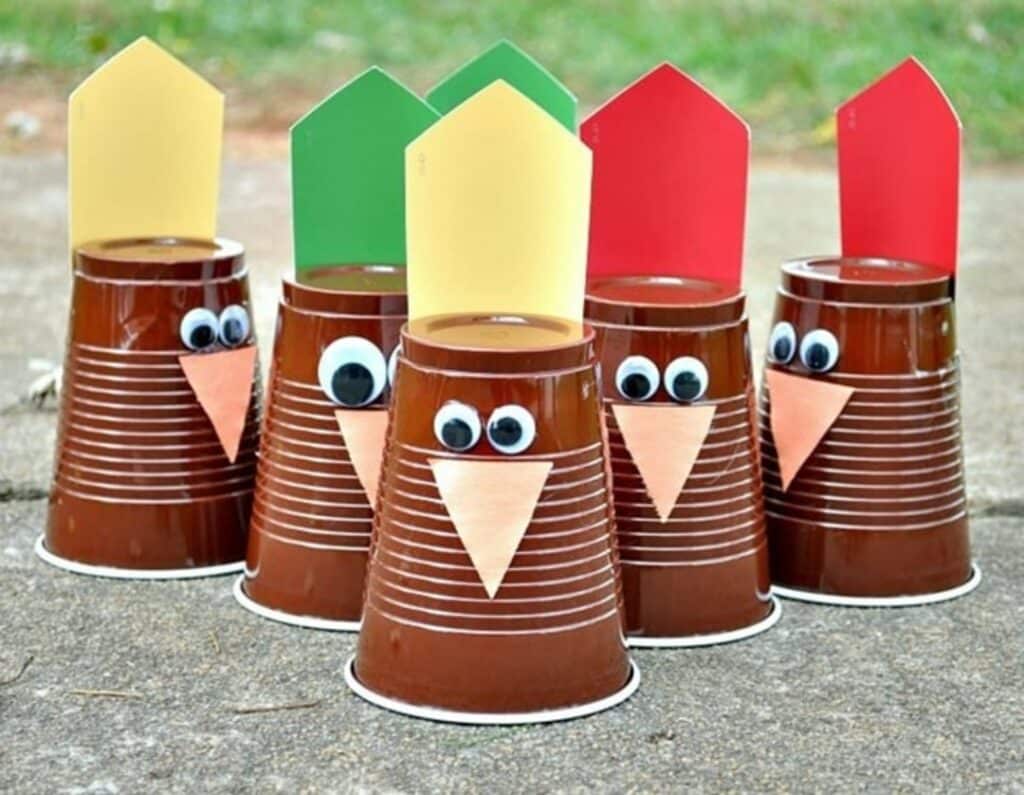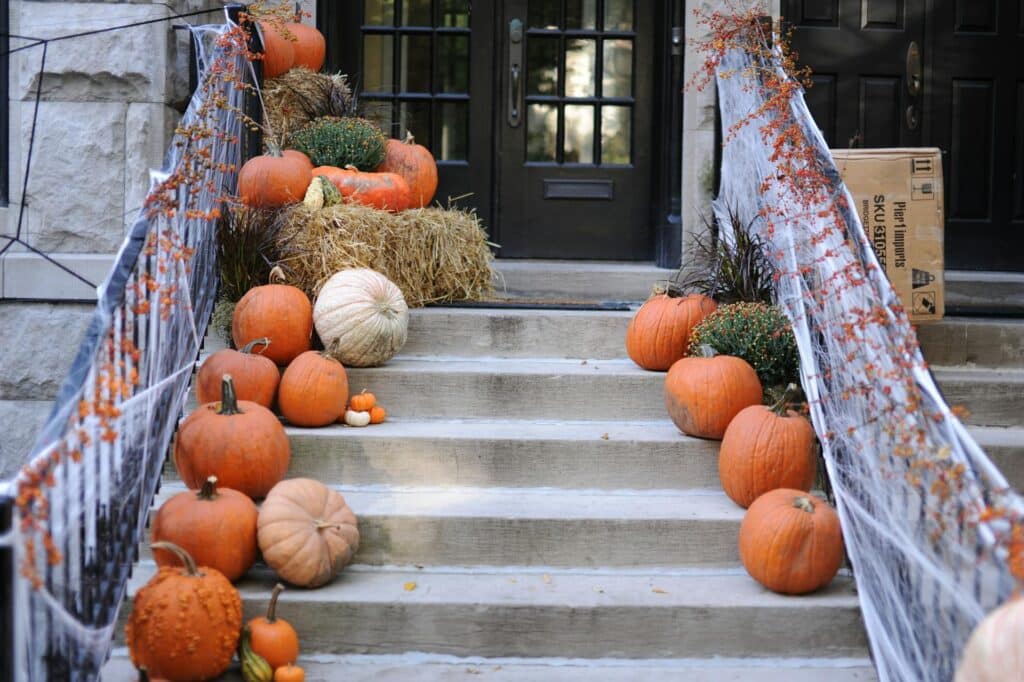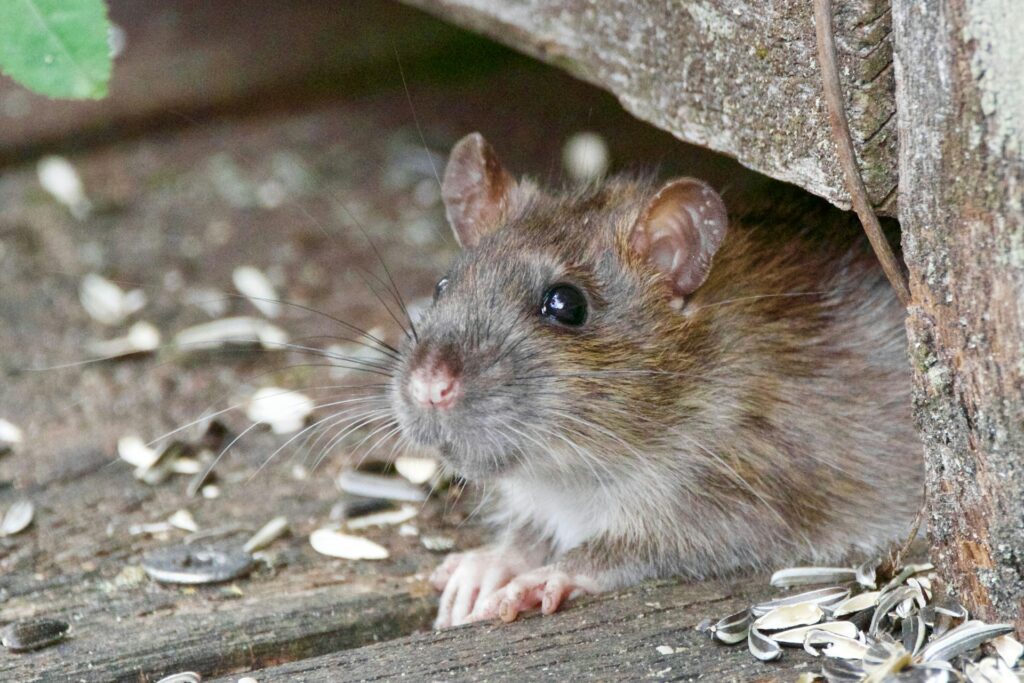Spring cleaning is common for inside the house, but what about your yard? After winter is over, many of us are not very pleased with how our yards look. With the weather getting warmer, it’s a great opportunity to get outside and clean up. Our ultimate spring yard cleanup checklist shares everything you need to win the best yard award and make your neighbors jealous!
Spring Yard Cleanup Checklist
Rake Up Leaves & Debris
If you have any nearby trees, you likely have plenty of leaves and other debris to clean up in your yard. Since spring lawn care steps can seem overwhelming, starting by raking up debris is an easy place to get started. Get rid of any fallen branches, stray leaves, and pet droppings. Make sure to rake when the yard is completely dry – raking when wet can tear grass from the roots.
Prune Branches & Shrubs
Tree branches often get damaged by cold weather as well as snow and wind. You should prune back to live stems (make sure to use a handsaw for anything bigger than ½ inch in diameter). In addition, remove any overgrown branches and shrubs.
Reseed Bald Lawn Spots
Your lawn may likely have taken a beating after winter. Grass starts growing in April in colder climates, so you should check the soil’s pH in early spring. Then, remove any damaged turf with a metal rake and reseed a few weeks later. It’s best to begin seeding once forsythia starts blooming in your area.
Prepare Flower Beds
Make sure to remove weeds and dead growth, plus add some compost into your perennial beds to fertilize them. You should also remove mulch in your perennial beds that may have been covering the plants during winter so they can come through without issue. In addition, you can also create new flower beds if desired.
Clean Walkways & Patios
Early spring is the best time to clean up your patios and walkways. Brush back any gravel that was misplaced, pressure wash surfaces, clean up patio furniture, remove mildew, and get rid of any other grime.
Fix Up Fences
Wooden fences often become dull and grey after winter months. First, power wash your fence and let dry for a few days. Once it’s dry, you can paint with a tone that’s slightly darker than you want (the sun will lighten it). However, don’t paint it too dark as it will absorb more heat from the sun and warp quicker. Finish with a stain or sealer to help the paint last longer.
Make Any Additional Repairs
On a final note, this season is a great chance to make any additional yard repairs that you haven’t gotten around to yet.
Pest Prevention Measures
As the weather warms up, you will definitely see more insects and other pests hanging around your yard. There are plenty of measures you can take to prevent them from making their way in your home and creating an infestation, or eating your precious plants. For one, make sure to seal any potential entry points to your home like cracks, holes, and space under doors. Remove damp areas with a dehumidifier (dampness can attract insects like silverfish, which get out of hand quickly and typically require silverfish extermination).
In addition to these garden tips for spring, hiring a professional to treat your garden every season is an excellent way to prevent pests. These brief treatments can prevent an entire infestation and costly extermination, such as aphid extermination or other garden pests.
Yard Pest Control Tips
As spring sets in, controlling pests in your yard becomes crucial to protect both your landscape and home from potential issues. To manage pest issues effectively, consider yard treatment options for bugs. Treating your yard for bugs not only reduces pests but also minimizes the risk of them entering your home. Ensure you choose treatments that are EPA approved. Remember, effective pest control in the yard is a proactive measure that can save you significant trouble as the season progresses.









